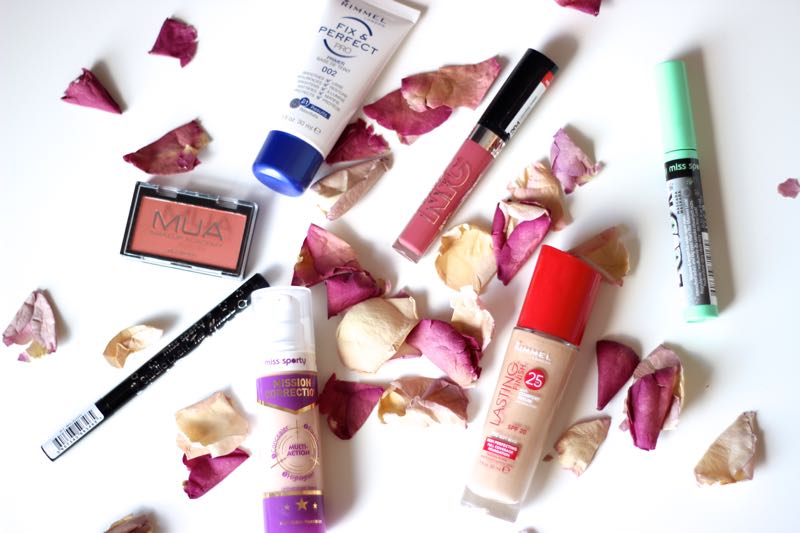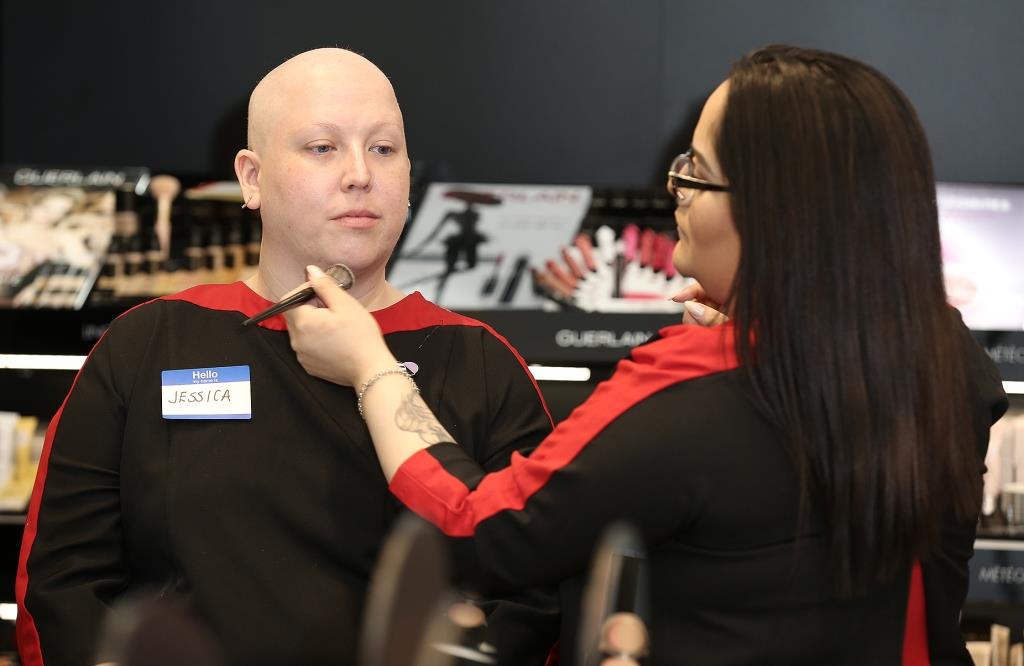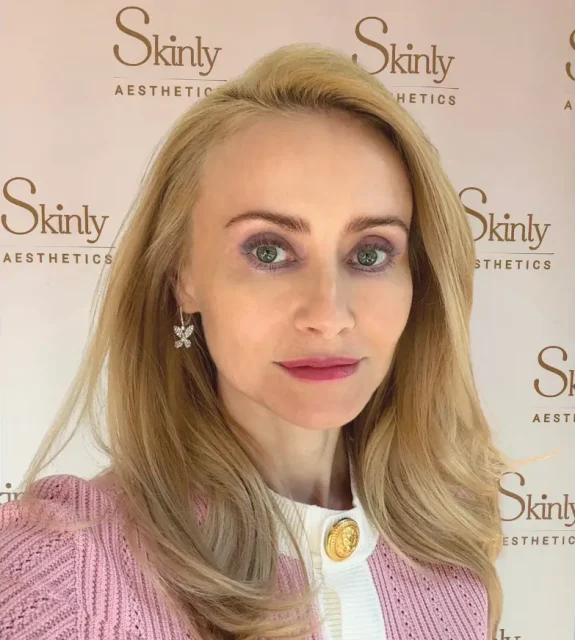
The internet and social platforms like Youtube and Instagram have nurtured a cohort of beauty bloggers and influencers that often boast enough clout to start trends, sway customers and turn obscure products into bestsellers.
The global beauty industry has never been so liberal and digital. While this boon spells fame and fortune for self-made beauty gurus seeking to establish their mark, industry behemoths grapple to remain relevant.
“We are trying to stay in the game. And it is all evolving so quickly. Every day is different and everything is constantly changing,” Jane Lauder, president of Clinique (and yes, Estee Lauder’s granddaughter), recently told the Epoch Times.
The reason for this are the fast shifting shopping preferences of young buyers, who unlike their parents and grandparents, have a wealth of information at their fingertips. According to Lauder, millennials are more keen on doing online research on products than on relying on assistants’ advice at stores. They are also interested in products disparate from what their elders would purchase. Due to this young and strong base of shoppers, makeup is now a booming sales category, eclipsing anti-age care.
Thus, in order to attract web-first customers, who flock to social media for insight, decades-old brands need a strong digital engagement. And here – in enticing the 18 – 34-year-old demographic, which represent nearly 30 percent of the total beauty industry according to NPD Group – the challenges arise.
Despite their leverage of scale, big labels are now facing a crowded online space, which they cannot dominate the same way they reign over print media. Skirting even coveted magazines, buyers tune in to blogs, vlogs (video blogs) and a slew of social channels where the likes of 21-year old Bethany Mota, whose digital video prowess landed her an interview with President Obama in 2015, dispense makeup insight.
Beauty giants like L’Oreal, Olay, Lancome and Estee Lauder have been slow to cultivate such authoritative and alluring voices to resound in the beauty cacophony on Facebook and Twitter and Instagram and Snapchat and YouTube. In order to maintain their market share, many old-guard labels have pursued collaborations with rising social-media stars. La Roche Posay, for instance, partnered with Tanya Burr, who was already recommending the brand to her YouTube followers.
Others like Clinique are encouraging customer-generated content such as posts and videos in an attempt to both appeal to young buyers and market their products. Yet, others are on a quest to beat the competition by bring it under their fold. Estee Lauder, for instance, now owns recently-minted niche labels like Flirt!, Smashbox and Too Faced.
At the core of all this is the aspiration to remain relevant in a digital age by following a time-revered rudiment of better understanding buyers and delivering in accordance to their present whims.





















